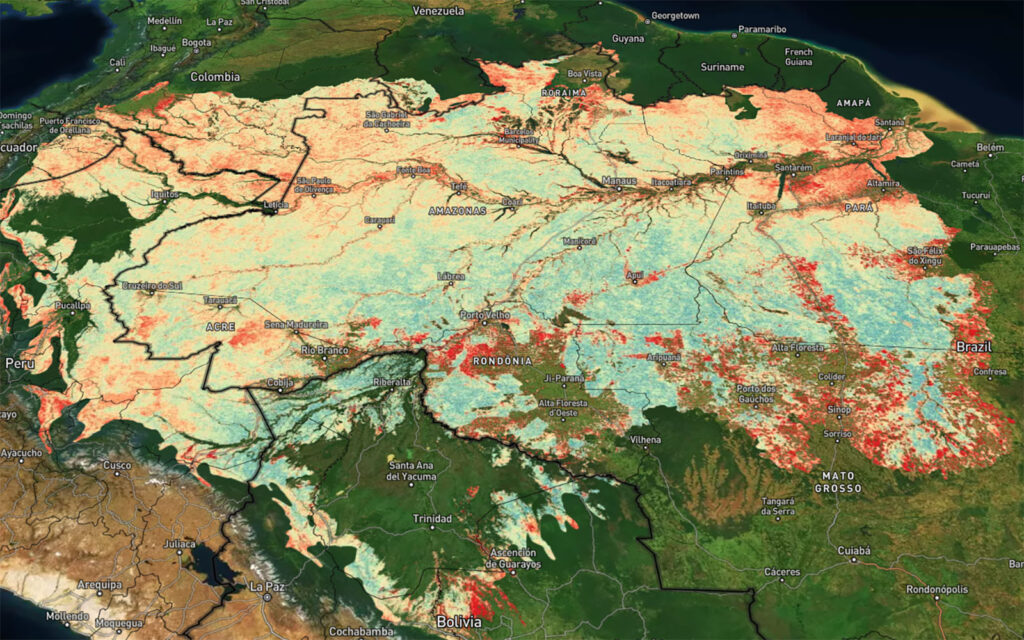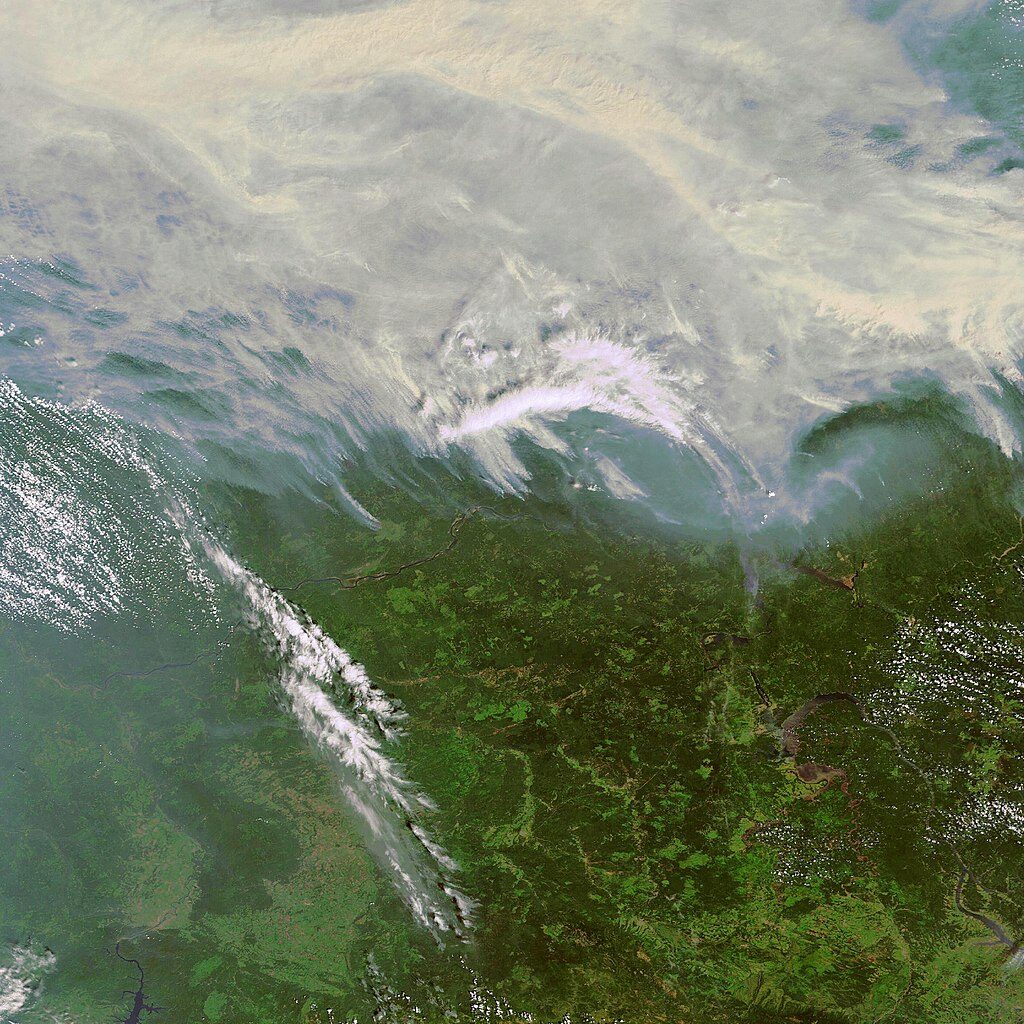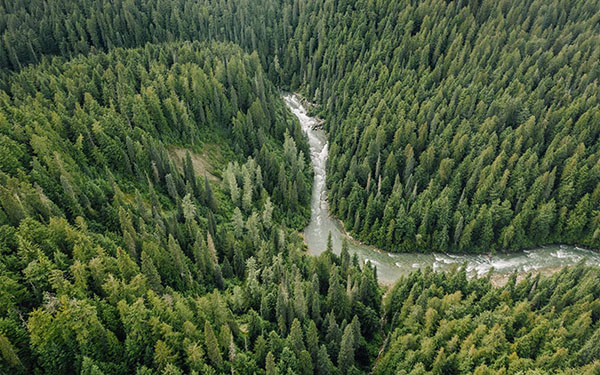
Southern Taiga Ecoregion, Siberia
The primary forests of Russia facing increasing threats of wildfire
Russia holds 20% of global forests and some of the largest remaining tracts of primary forest. Timber harvest has steadily increased since the collapse of the Soviet Union. Weak and unstable governance structures, limited and dated silviculture, unpredictable forest use rights and ownership, and corruption have led to widespread deforestation and degradation of primary forests.
Woodwell Climate Research Center
The Woodwell Climate Research Center is a leading source of climate science that drives the urgent action needed to solve the climate crisis. More about Woodwell Climate Research Center.Southern Taiga Ecoregion
The Angara region in central Siberia is a hot-spot of deforestation from timber harvest, fires, mining, and hydroelectric construction.
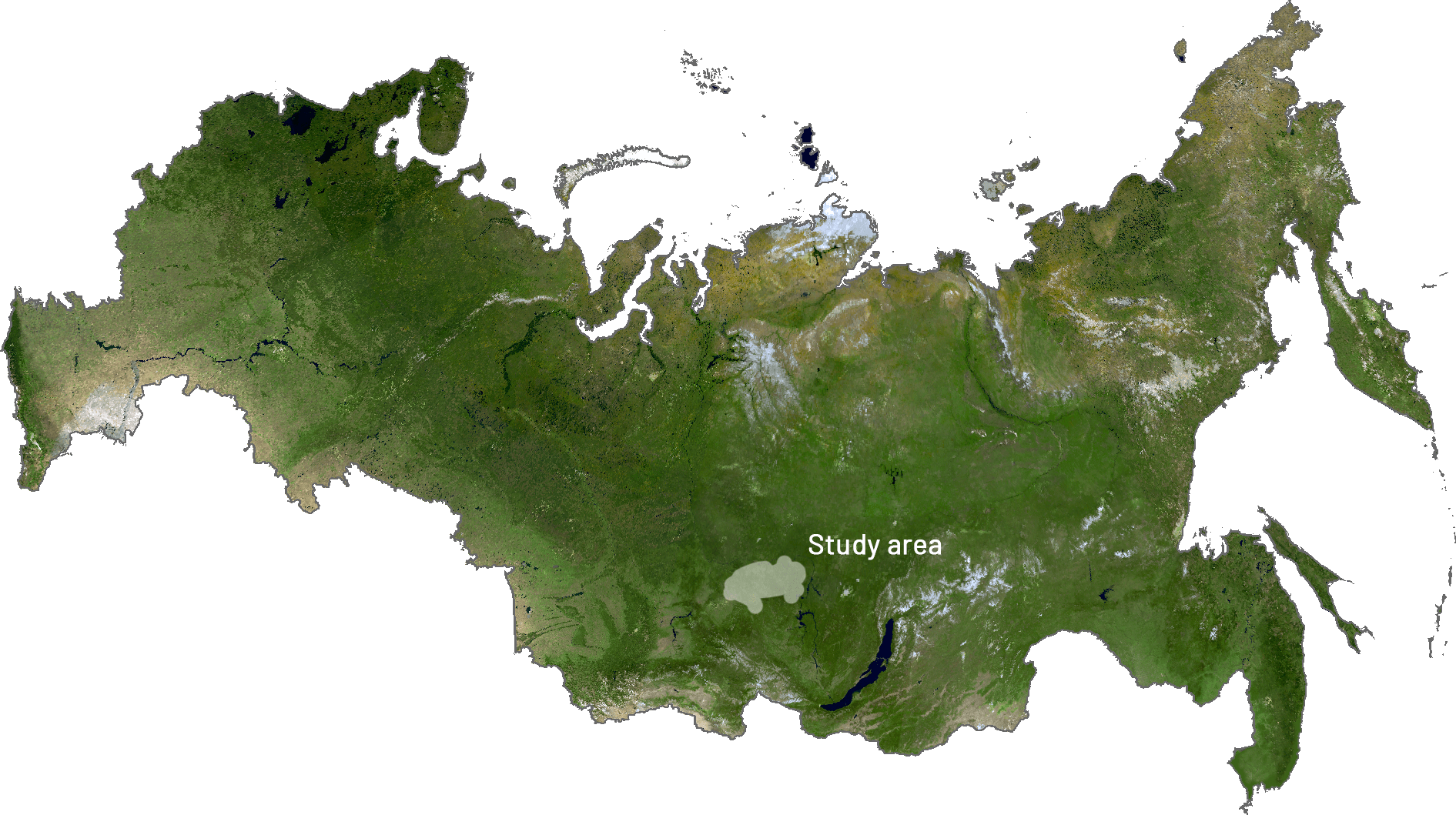
Why is the Southern Taiga Ecoregion so important?
| Primary forest area | 6.3 million ha |
| Carbon storage / sequestration | 620 million tonnes (from an above ground biomass carbon layer estimated for 2018 at MODIS resolution (Wayne Walker et al, forthcoming). Does not include soil carbon; carbon sequestration rates have not been calculated for Angara yet. |
| Keystone faunal species | bears, marals, musk deers, wolverines, sables, Lynxes, peregrine falcon, peregrine owl, osprey, black stork, greater spotted eagle |
| Supporting indigenous groups / local people | Local people profit economically from the forest sector and are accustomed to hunting, fishing and gathering non-wood forest products. |
| Threats | Industrial logging, fires and mining, habitat fragmentation, lack of effective management. |
Threats
Due to a long history of forest exploitation, the Angara region is a hotspot of rapid forest cover change in boreal Eurasia. The unique Angara pine forests and its many rare species of plants and animals are threatened by logging, fires and mining, among others.
Owing to the large forest resources concentrated in the region (~12.7 million ha), the basis of the regional economy is timber production. Although the national harvest volume is presently much lower than during Soviet times, logging activity has remained high in this region given its adequate road and river networks.
Logged areas and the surrounding primary forests are also highly susceptible to fire due to a combination of high fuel loads and accessibility for human ignition.8 Finally, the Angara region has significant reserves of oil, gas and other natural resources of commercial importance. Intensive extraction of these resources contributes to further deforestation and forest degradation.
The dramatic alteration of Angara landscapes has served as an arena for a long-lasting environmental conflict in Siberia. The current State forest management system does not ensure participation of NGOs or the general public in forest management and the development of forest policy.
Poor efficiency of old harvesting technology and usage of heavy machinery have negative impacts on soil, forest undergrowth and young trees. Despite the fact that several major third-party forest certification schemes are present in Russia (e.g. Forest Stewardship Council, FSC), many forests still suffer from deforestation caused by extensive logging.
The Criteria and Indicators of Sustainable Management of Russian Forests adopted in 1998 does not include parameters for sustainable forest management, nor does it provide any change to the forest management system. The general type of logging is clear-cutting on large areas (up to 50 ha).
This causes heavy soil erosion, swamping and catastrophic changes to the forest environment, with an absence of reforestation and disappearance of many species of forest flora and fauna.
Siberian forest stability
Forest stability map for forests east of the Urals in Siberia. Forest stability is a ranked index assessing the extent to which forest canopies have been impacted by either anthropic disturbaces such as logging or natural disturbances such as wildfires. The stability index is based on a time series analysis for the period 2003-2019 of satellite data.
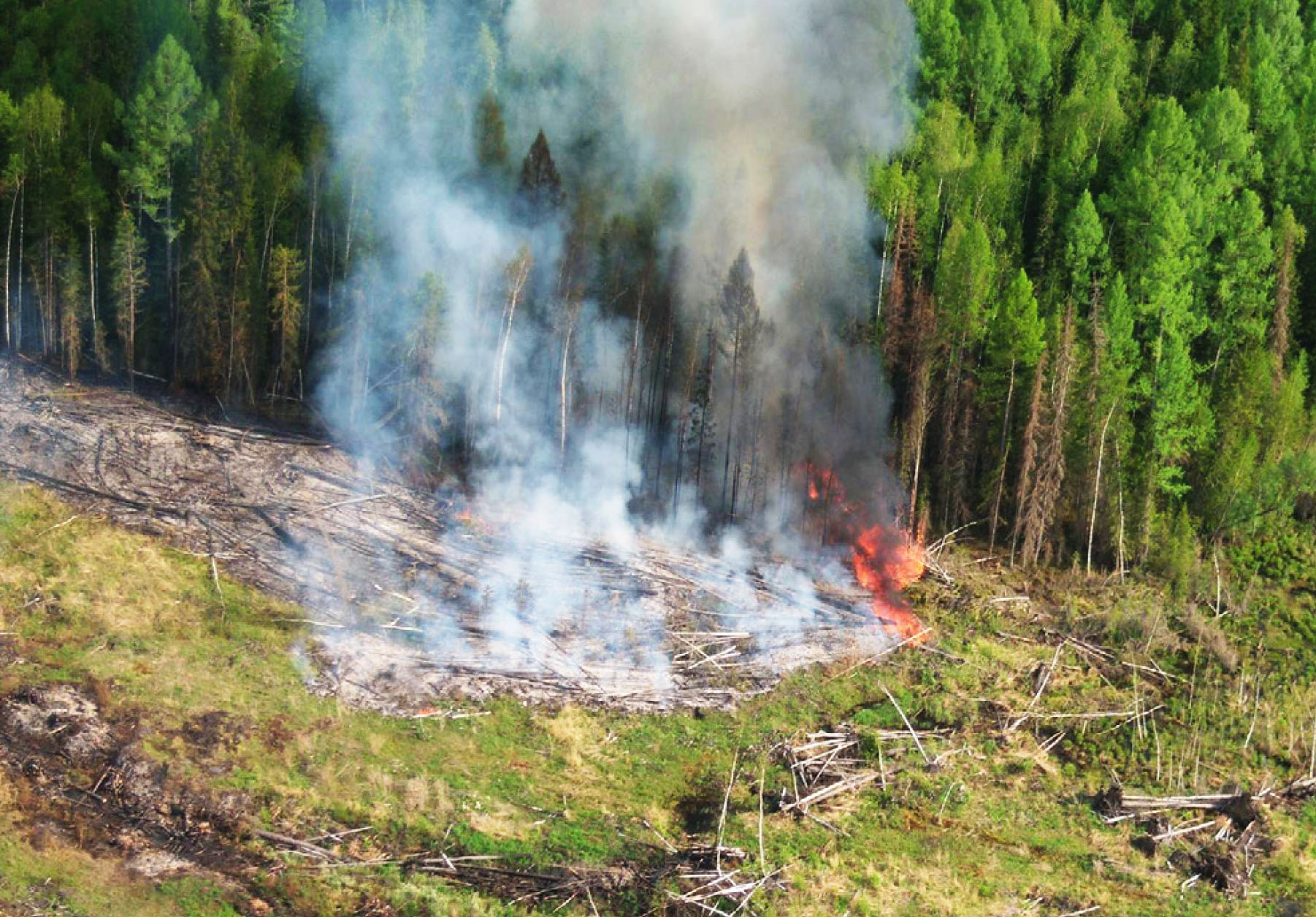
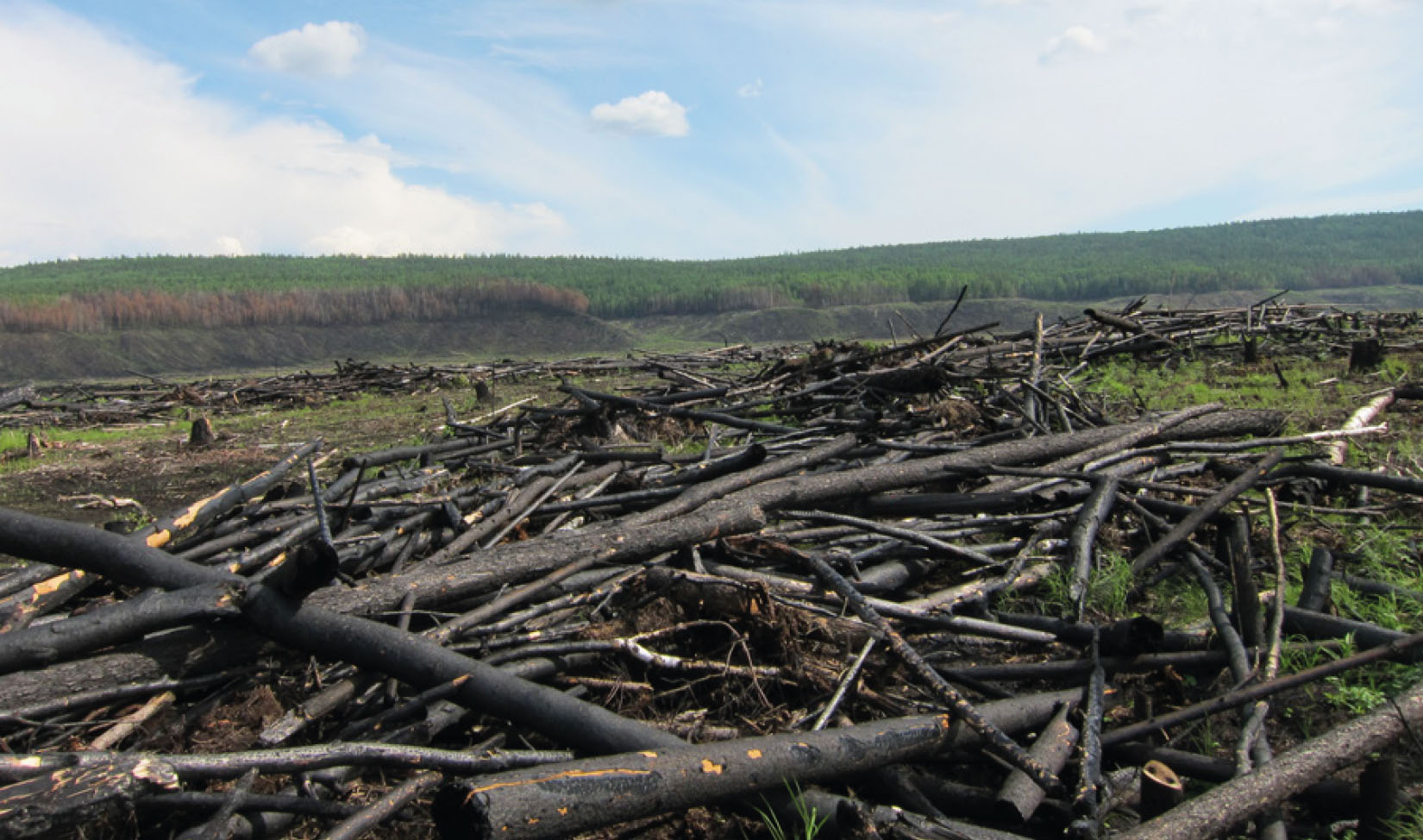
Up-scaling protection
An integrated program of science, management, and policy analysis will elevate the importance of Siberian primary forests and improve their valuation, management, and protection.
Scientific assessments will focus on quantifying ecosystem services, impacts from logging and other disturbances, effectiveness of protection strategies, mapping forest condition, spatial optimization of reserve design, and development of a multi-scale monitoring and early warning system including dissemination and capacity building (940,000 USD / year).
Policy analysis will focus on mechanisms for protecting primary forests and optimizing ecosystem services within Angara and across Siberia at local, regional, and national levels (295,000 USD / year).


